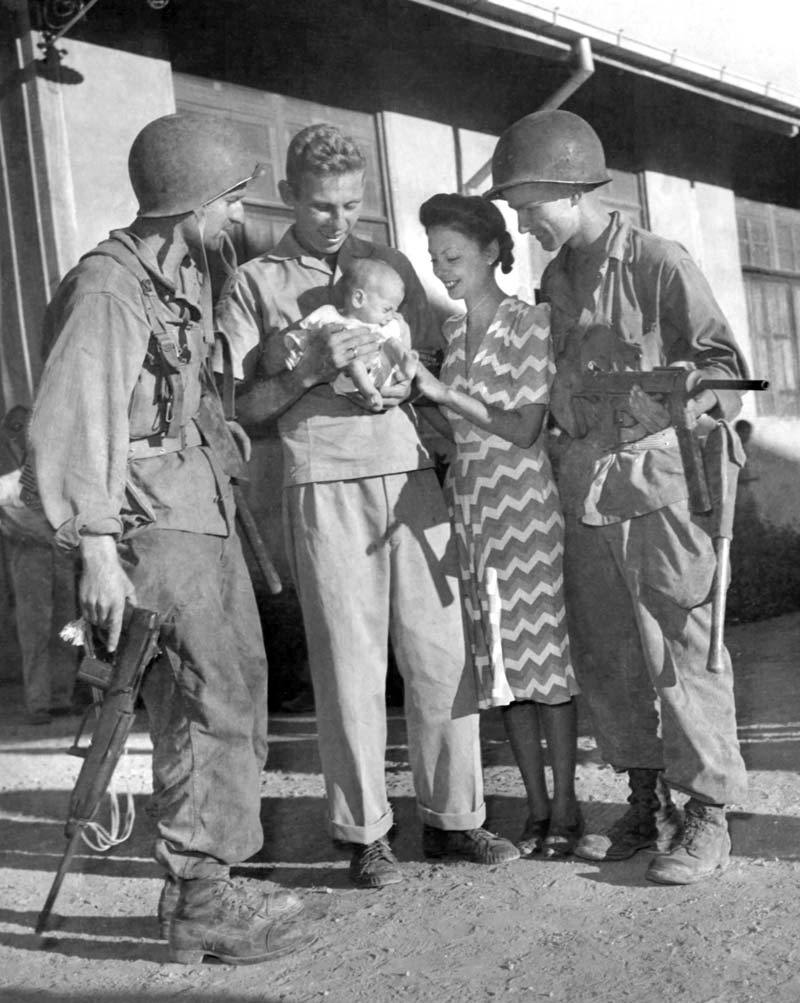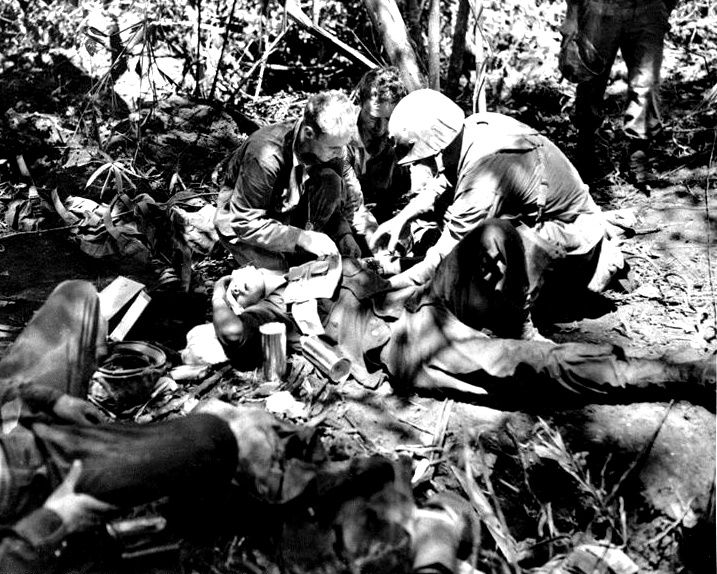Source Documents: Order of Battle of the United States Army, World War II, European Theater of Operations. Office of the Theater Historian, Paris, France, December 20, 1945, and Shelby S. Stanton, Order of Battle US Army, Presidio Press, Novato, California, 1984; different additional sources.
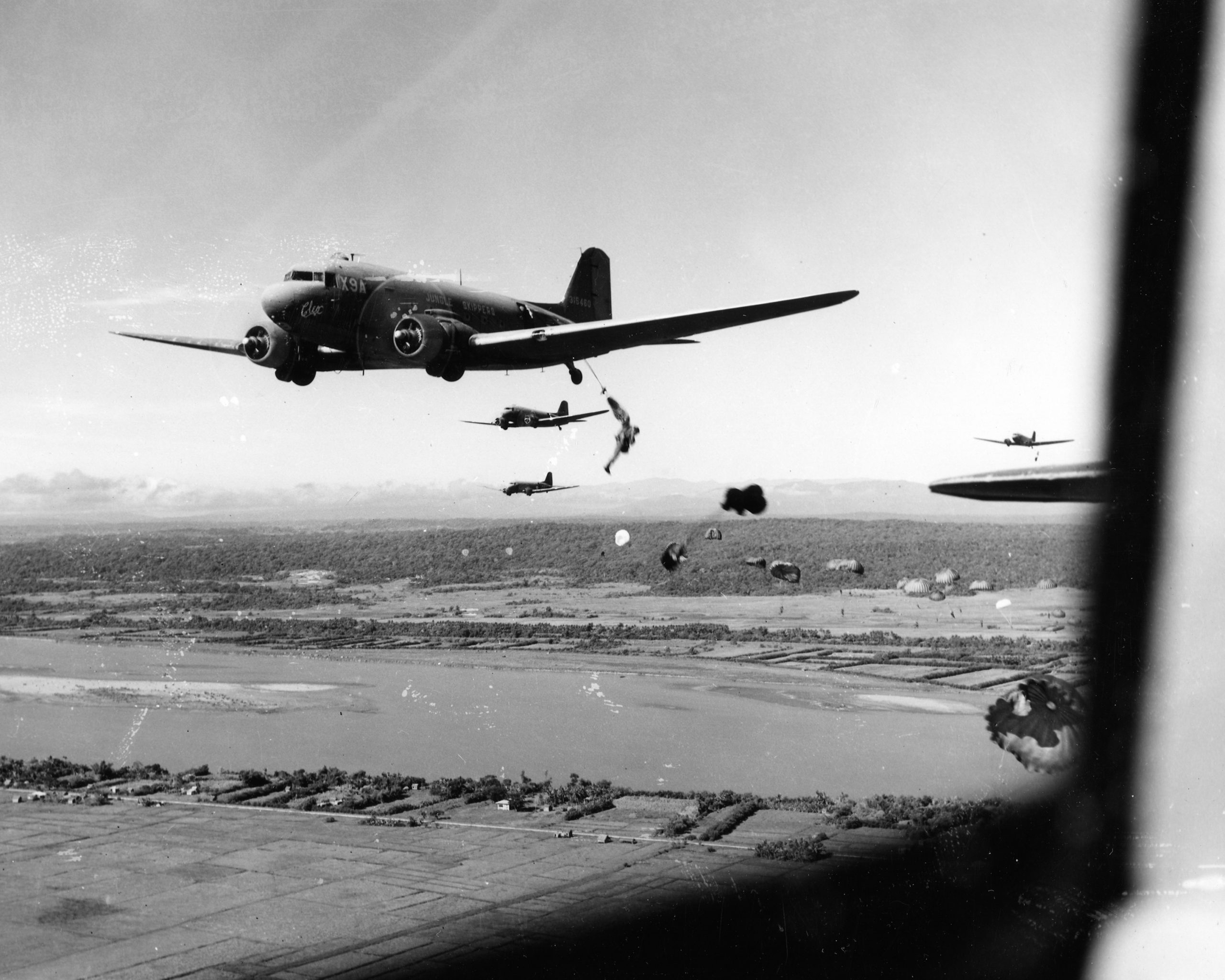
 The 11th Airborne Division (nicknamed Angels) was a US Army Airborne formation, first activated on February 25, 1943. Different from their sister divisions, the 13th Parachute Infantry Division, the 17th Parachute Infantry Division, the 82nd Airborne Division, and the 101st Airborne Division, the 11th Airborne Division consisted only of one Parachute Infantry Regiment and two Glider Infantry Regiments, with supporting units and troops. The Angels Division underwent rigorous training throughout 1943. The Division played a vital role in the successful Knollwood Maneuver, organized to determine the viability of large-scale American airborne formations after their utility had been called into question following a disappointing performance during the Allied invasion of Sicily. So, on November 15, 1943, the 11th Airborne Division received its mission from the Headquarters, Airborne Command at Camp Mackall. The Division, reinforced by the 501st Parachute Infantry Regiment was to assault on D-Day, December 7, 1943, capture Aberdeen (North Carolina), and the Knollwood Airport (now the Moore County Regional Airport), establish an airhead around the Airport and prevent reinforcement of the Red Army at Raeford (North-Carolina) (17th Airborne Division and the 541st Parachute Infantry Regiment) from the north and northwest. Defending Knollwood and selected critical points were a Regimental Combat Team (minus). An Infantry Battalion, an AT Co, a Field Artillery Battery, and a Medical Detachment from the 17-A/B were combined with a battalion from Col Ducat M. McEntee’s independent 541-PIR. These elements were training at Camp Mackall.
The 11th Airborne Division (nicknamed Angels) was a US Army Airborne formation, first activated on February 25, 1943. Different from their sister divisions, the 13th Parachute Infantry Division, the 17th Parachute Infantry Division, the 82nd Airborne Division, and the 101st Airborne Division, the 11th Airborne Division consisted only of one Parachute Infantry Regiment and two Glider Infantry Regiments, with supporting units and troops. The Angels Division underwent rigorous training throughout 1943. The Division played a vital role in the successful Knollwood Maneuver, organized to determine the viability of large-scale American airborne formations after their utility had been called into question following a disappointing performance during the Allied invasion of Sicily. So, on November 15, 1943, the 11th Airborne Division received its mission from the Headquarters, Airborne Command at Camp Mackall. The Division, reinforced by the 501st Parachute Infantry Regiment was to assault on D-Day, December 7, 1943, capture Aberdeen (North Carolina), and the Knollwood Airport (now the Moore County Regional Airport), establish an airhead around the Airport and prevent reinforcement of the Red Army at Raeford (North-Carolina) (17th Airborne Division and the 541st Parachute Infantry Regiment) from the north and northwest. Defending Knollwood and selected critical points were a Regimental Combat Team (minus). An Infantry Battalion, an AT Co, a Field Artillery Battery, and a Medical Detachment from the 17-A/B were combined with a battalion from Col Ducat M. McEntee’s independent 541-PIR. These elements were training at Camp Mackall.
The Knollwood Maneuver convinced Gen George C. Marshall (CoS US Army) and Gen Lesley J. McNair (Army Ground Forces) to retain the Airborne Divisions. The successful execution of all missions by the 11-A/B validated the concepts in Training Circular #113 concerning the employment and support of airborne forces. As a result, significant portions of TC-113 were included verbatim in WD FM 71-30, Employment of Airborne Forces, dated July 3, 1947, and WD FM 1-30, Tactical Doctrine of Troop Carrier Aviation, dated August 12, 1947. FM 1-30 became the Bible for troop carrier operations supporting airborne forces. The Knollwood Maneuver had saved the 11th, 13th, 17th, 82nd, and 101st Airborne Divisions. Camp Mackall and Laurinburg-Maxton Army Air Base would continue to be training centers for airborne forces throughout World War II. Today, Camp Mackall has a similar distinction as the Army’s training center for Special Forces, Civil Affairs, and Psychological Operations soldiers.
Held in reserve in the United States for the first half of 1944, the 11-A/B was transferred in June, to the Pacific Theater of Operations. Upon arrival, it entered a period of intense training and acclimatization, and by November was judged combat-ready. The 11-A/B saw its first action on the island of Leyte (Philippines) but in a traditional infantry role. In January 1945, the division took part in the invasion of Luzon. The two glider infantry regiments again operated as conventional infantry, securing a beachhead before fighting their way inland. The parachute infantry regiment was held in reserve for several days before conducting the division’s first airborne operation, a combat drop on the Tagaytay Ridge. Reunited, the division participated in the liberation of Manila, and two companies of divisional paratroopers conducted an audacious raid on the Los Banos Internment Camp, liberating two thousand civilians. The 11-A/B last combat operation of World War II was in the north of Luzon around Aparri, in aid of combined American and Philippine forces who were battling to subdue the remaining Japanese resistance on the island.
Campaigns
New Guinea
Southern Philippines
Luzon
Days of Combat
204
KIA: 494
DOW: 120
WIA: 1926
MIA: 11
Total Casualties: 2431
Awards
Congressional Medal of Honor: 2
Distinguished Unit Citations: 13
Distinguished Service Cross: 9
Silver Star: 432
Bronze Star: 1515
Legion of Merit: 10
Soldier Medal: 56
Air Medal: 41
Commanding General
Maj Gen Joseph M. Swing, Feb 25, 1943 – Feb 25, 1946.
Order of Battle – 1944
HQs Company
HQ Battery, Division Artillery
HQ Special Troops
Military Police Platoon
11th Parachute Maintenance Company
127th Airborne Engineer Battalion
152nd Airborne AA Battalion
187th Glider Infantry Regiment
188th Glider Infantry Regiment
511th Parachute Infantry Regiment
221st Airborne Medical Company
408th Airborne Quartermaster Company
457th Parachute Field Artillery Bn (75-MM)
511th Airborne Signal Company
674th Glider Field Artillery Bn (75-MM)
675th Glider Field Artillery Bn (75-MM)
711th Airborne Ordnance Maintenance Company
Order of Battle – 1945
HQs Company
HQ Battery, Division Artillery
HQ Special Troops
Military Police Platoon
11th Parachute Maintenance Company
127th Airborne Engineer Battalion
152nd Airborne AA Battalion
187th Glider Infantry Regiment
188th Parachute Infantry Regiment (Converted into PIR 07-45)
221st Airborne Medical Company
408th Airborne Quartermaster Company
457th Parachute Field Artillery Battalion (75-MM)
472nd Glider Field Artillery Bn (75-MM)
511th Airborne Signal Company
511th Parachute Infantry Regiment
674th Glider Field Artillery Bn (75-MM)
675th Glider Field Artillery Bn (75-MM)
711th Airborne Ordnance Maintenance Company
Narratives
(Additional info from Wikipedia)
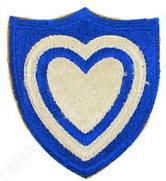
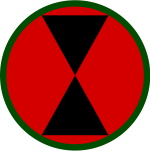 Leyte In January 1944, the 11-A/B was moved by train from Camp Mackall to Camp Polk (Louisiana). After four weeks of final preparation for its combat role, in April, the division was moved to Camp Stoneman (California), and then transferred to Milne Bay, Papua (New Guinea), between May 25, and June 11.
Leyte In January 1944, the 11-A/B was moved by train from Camp Mackall to Camp Polk (Louisiana). After four weeks of final preparation for its combat role, in April, the division was moved to Camp Stoneman (California), and then transferred to Milne Bay, Papua (New Guinea), between May 25, and June 11.
From June to September, the division underwent acclimatization and continued its airborne training, conducting parachute drops in the New Guinea jungle and around the airfield in Dobodura. During this period, most of the glider troops became parachute-qualified making the division almost fully Airborne. On November 11, the division boarded a convoy of naval transports and was escorted to Leyte (Philippines), arriving on November 18. Four days later it was attached to the XXIV Corps and committed to combat, but operating as an infantry division rather than in an airborne capacity. The 11-A/B was ordered to relieve the 7th Infantry Division stationed in the Burauen, La Paz, and the Bugho Area, engage and destroy all Japanese forces in its operational area, and protect the XXIV Corps rear-area supply dumps and airfields.
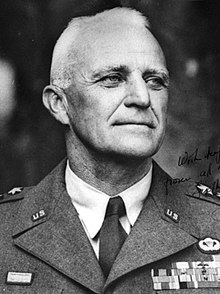 Gen Joseph M. Swing ordered the 187th Glider Infantry Regiment to guard the rear installations of XXIV Corps, while the 188th Glider Infantry Regiment was to secure the division’s rear and conduct aggressive patrols to eliminate any enemy troops in the area. The 511th Parachute Infantry Regiment was assigned the task of destroying all Japanese formations in the division’s operational area, which began on November 28, when it relieved the 7-ID. The 511-PIR advanced overland with two battalions abreast and the third in reserve, but progress proved slow in the face of fierce Japanese resistance, a lack of mapped trails, and heavy rainfall (with more than twenty-three inches (60 CM) falling in November alone).
Gen Joseph M. Swing ordered the 187th Glider Infantry Regiment to guard the rear installations of XXIV Corps, while the 188th Glider Infantry Regiment was to secure the division’s rear and conduct aggressive patrols to eliminate any enemy troops in the area. The 511th Parachute Infantry Regiment was assigned the task of destroying all Japanese formations in the division’s operational area, which began on November 28, when it relieved the 7-ID. The 511-PIR advanced overland with two battalions abreast and the third in reserve, but progress proved slow in the face of fierce Japanese resistance, a lack of mapped trails, and heavy rainfall (with more than twenty-three inches (60 CM) falling in November alone).
As the advance continued resupply became progressively more difficult; the division resorted to using large numbers of Piper Cub aircraft to drop food and ammunition. Several attempts were made to improve the rate of advance, such as dropping platoons of the 187-GIR from Piper Cubs in front of the 511-PIR to recon and using C-47 transport aircraft to drop artillery pieces to the regiment’s location when other forms of transport, such as mule-trains, failed.
On December 6, the Japanese tried to disrupt operations on Leyte by conducting two small-scale airborne raids. The first attempted to deploy a small number of Japanese airborne troops to occupy several key American-held airfields at Tacloban and Dulag, but failed when the three aircraft used were either shot down, crash-landed, or destroyed on the ground along with their passengers. The second larger raid was carried out using about 30 transport aircraft supported by fighters. Despite heavy losses, the Japanese managed to drop several paratroopers around the Burauen Airfield, where the headquarters of 11-A/B were located. Five L-5 Sentinel recon aircraft and one C-47 transport were destroyed, but the raiders were eliminated by an ad hoc combat group of artillerymen, engineers, and support troops led by Gen Joseph M. Swing.
 The 511-PIR was reinforced by the 2/187-GIR, and continued its slow but steady progress. On December 17, it broke through the Japanese lines and arrived at the western shoreline of Leyte, linking up with elements of the 32nd Infantry Division. During this period, Pvt Elmer E. Fryar earned a posthumous Medal of Honor when he helped repel a counter-attack, personally killing twenty-seven Japanese soldiers before being mortally wounded by a sniper. The regiment was ordered to set up temporary defensive positions before being relieved on December 25, by the 1/187-GIR, and the 2/188-GIR, who would themselves incur considerable casualties against a heavily dug-in enemy. The 511-PIR was reassembled at its original base camp in Leyte on January 15, 1945.
The 511-PIR was reinforced by the 2/187-GIR, and continued its slow but steady progress. On December 17, it broke through the Japanese lines and arrived at the western shoreline of Leyte, linking up with elements of the 32nd Infantry Division. During this period, Pvt Elmer E. Fryar earned a posthumous Medal of Honor when he helped repel a counter-attack, personally killing twenty-seven Japanese soldiers before being mortally wounded by a sniper. The regiment was ordered to set up temporary defensive positions before being relieved on December 25, by the 1/187-GIR, and the 2/188-GIR, who would themselves incur considerable casualties against a heavily dug-in enemy. The 511-PIR was reassembled at its original base camp in Leyte on January 15, 1945.













